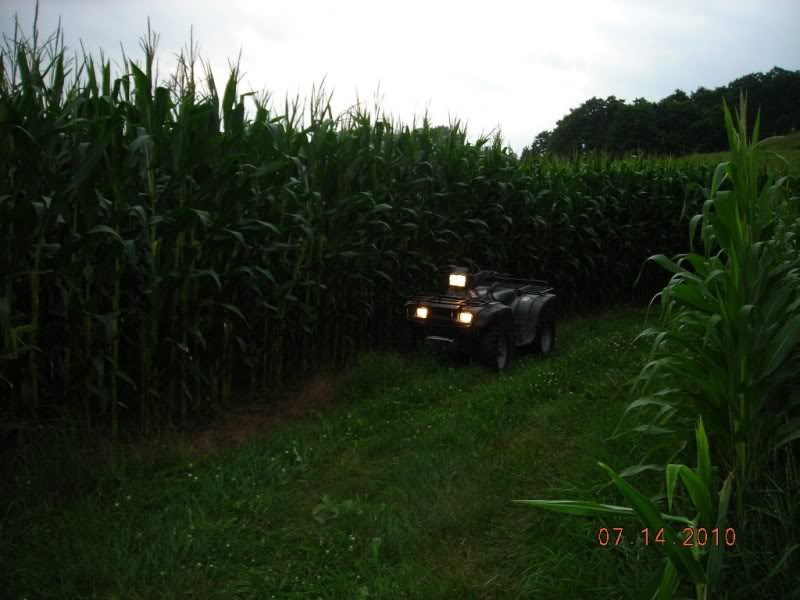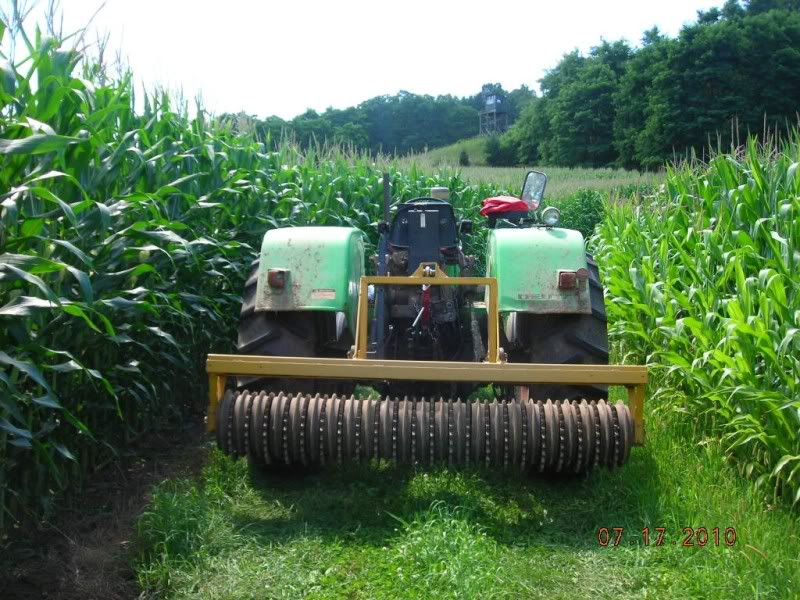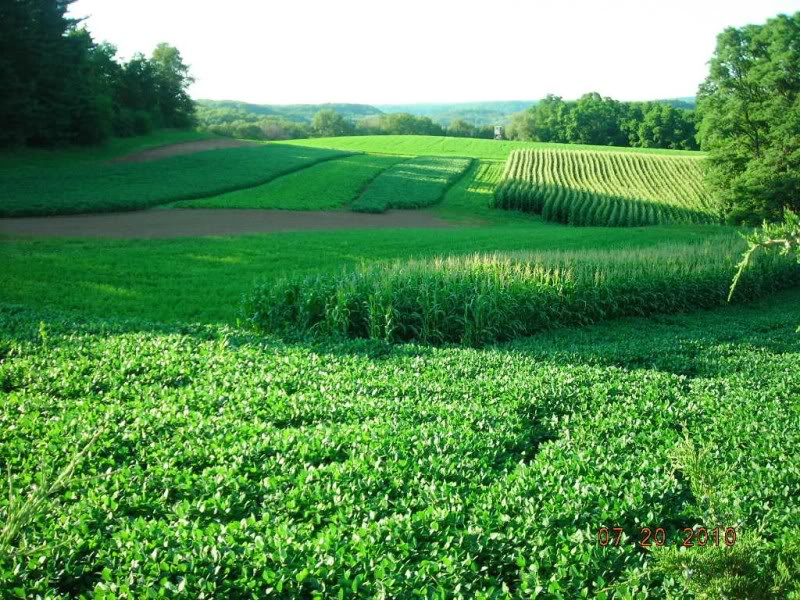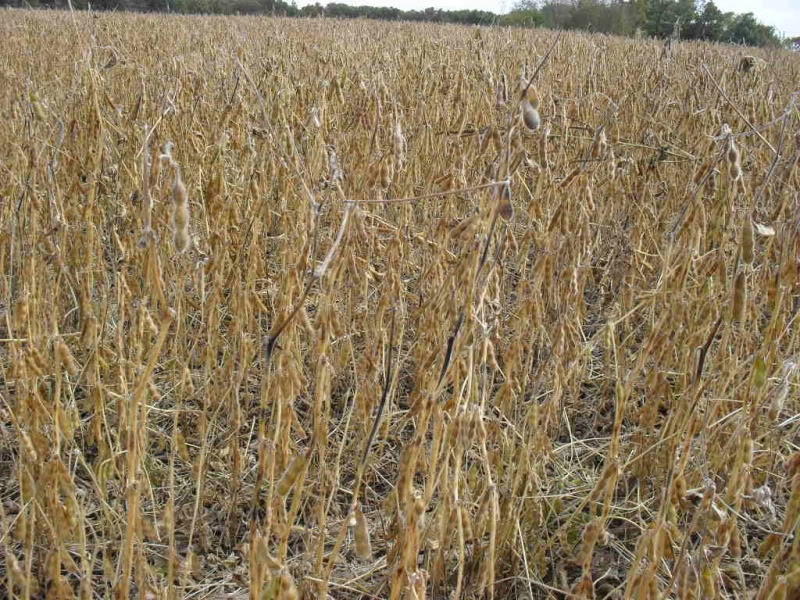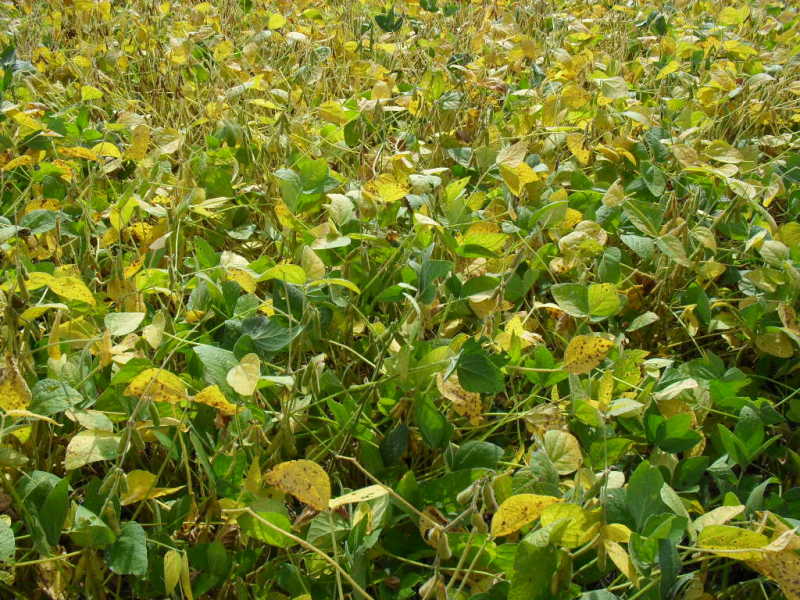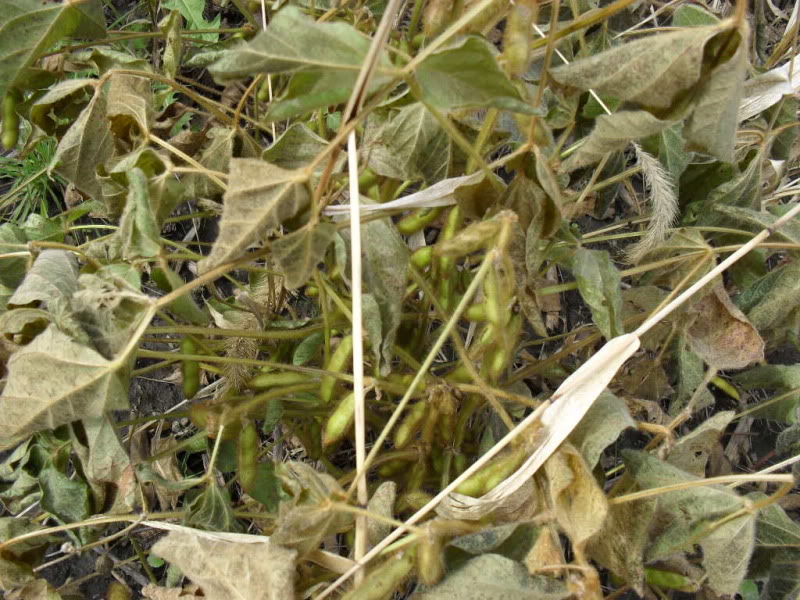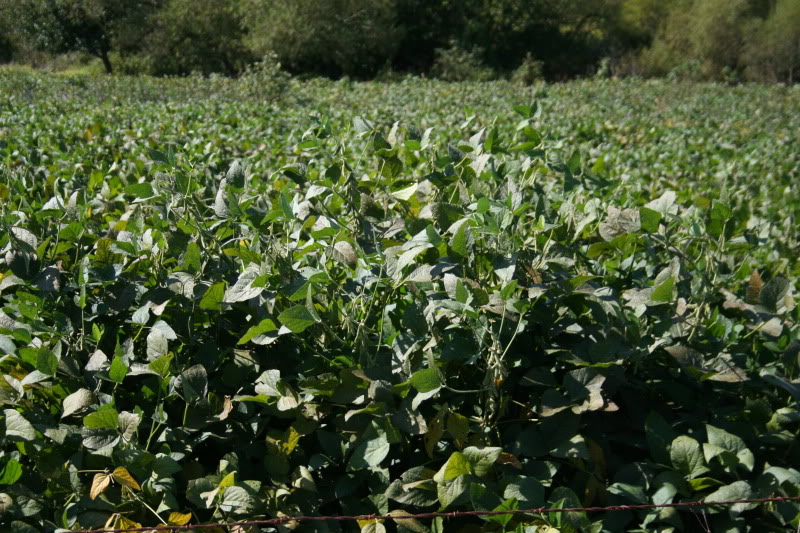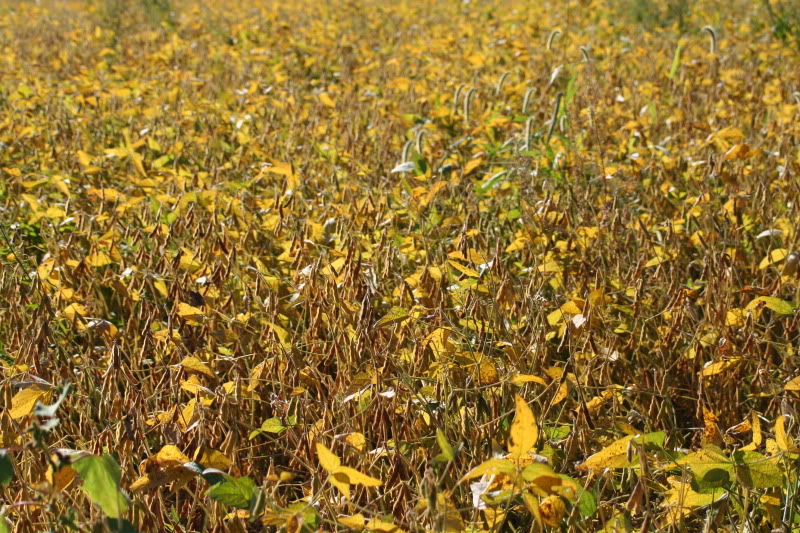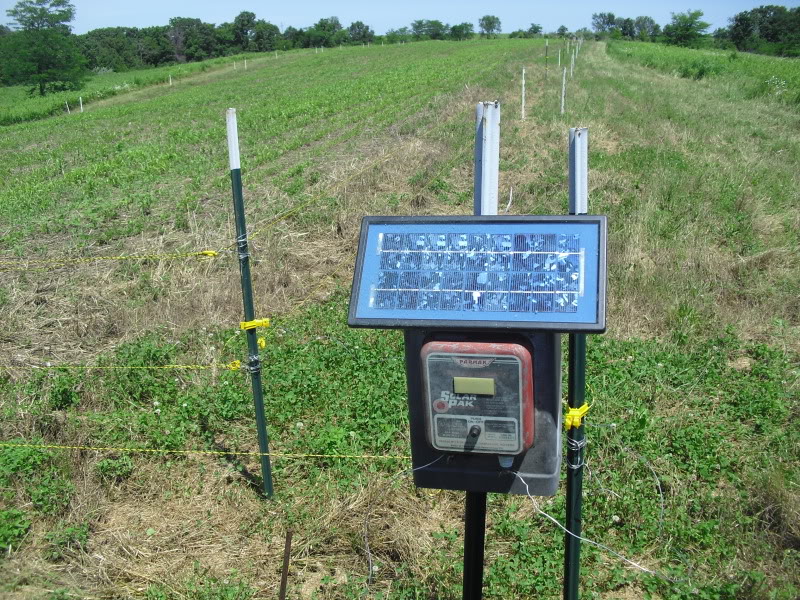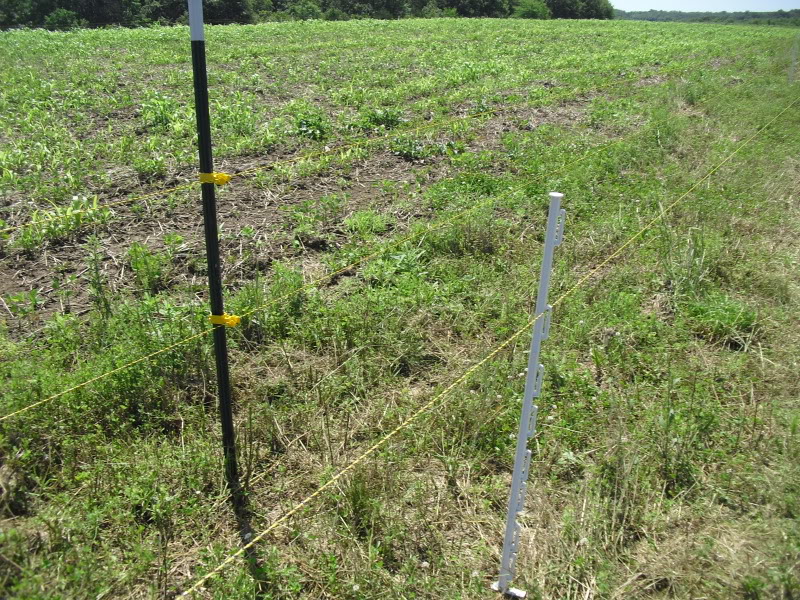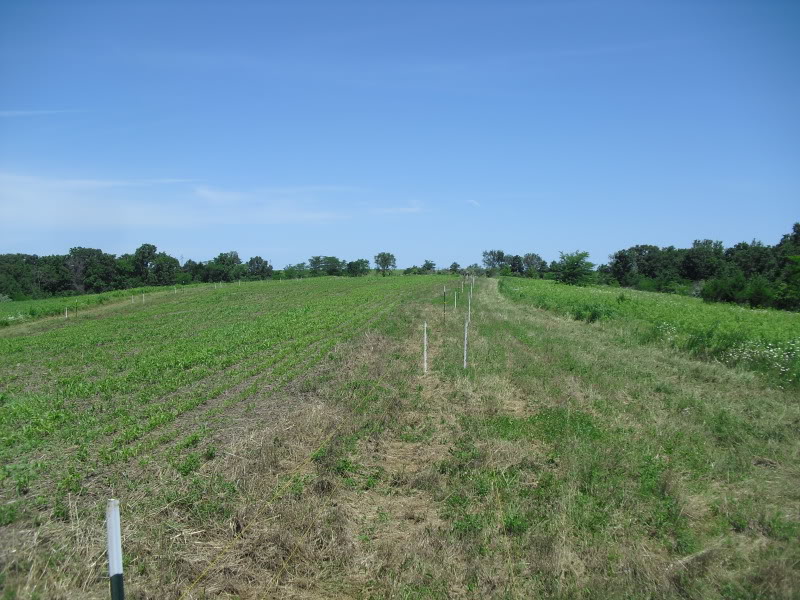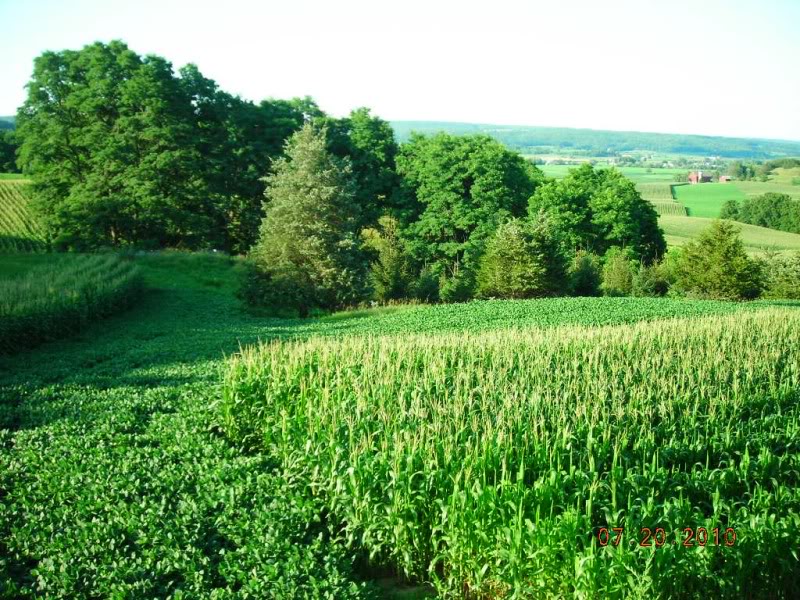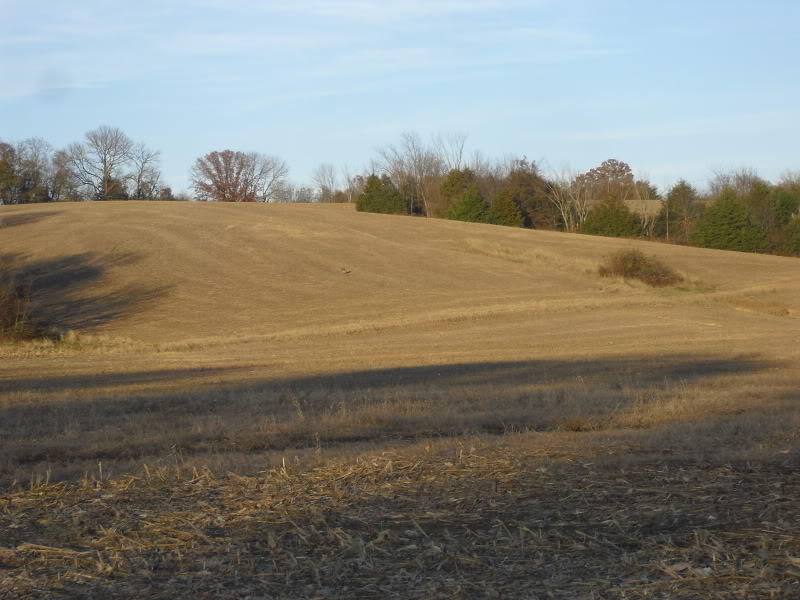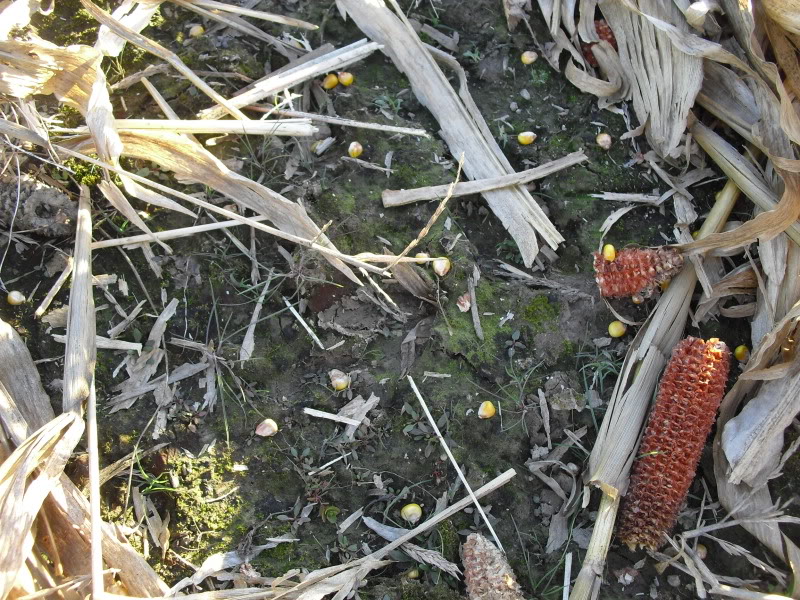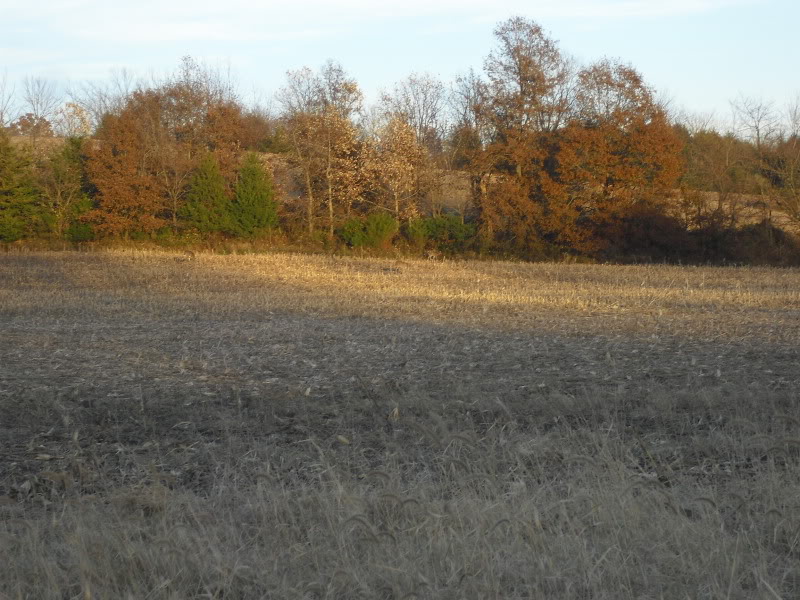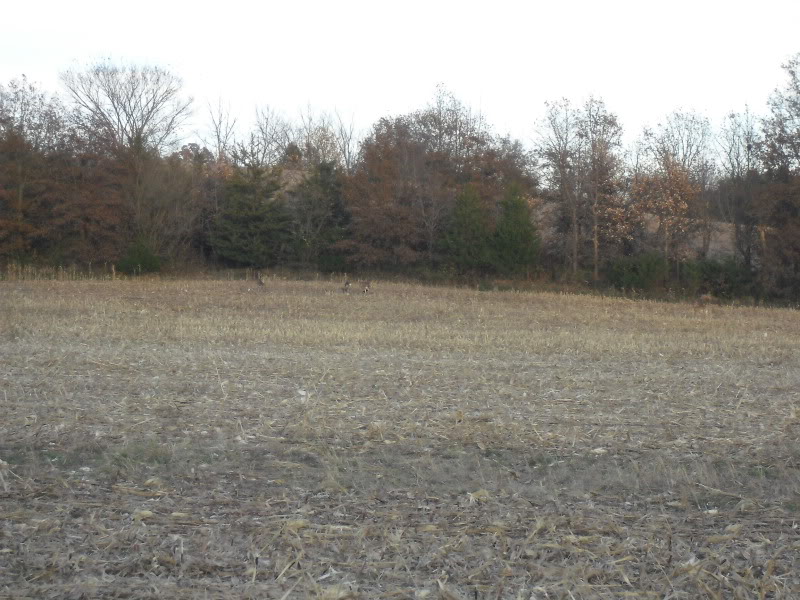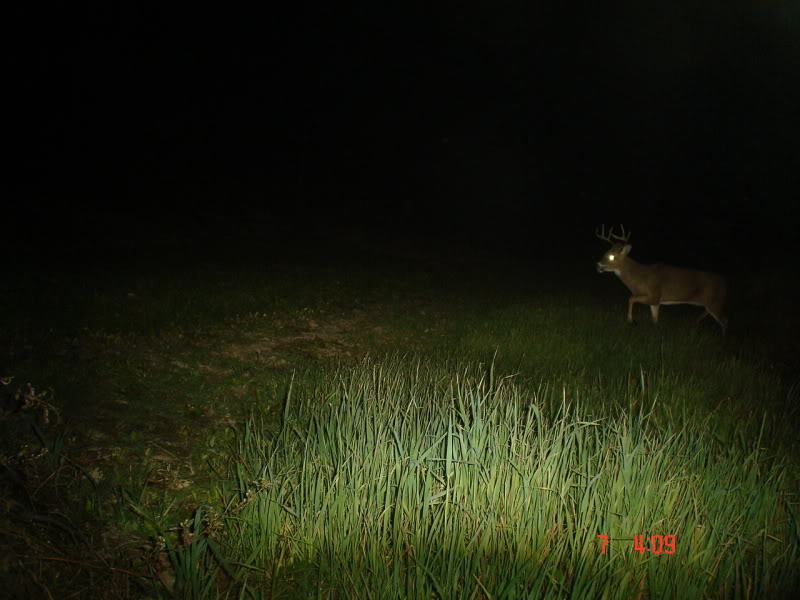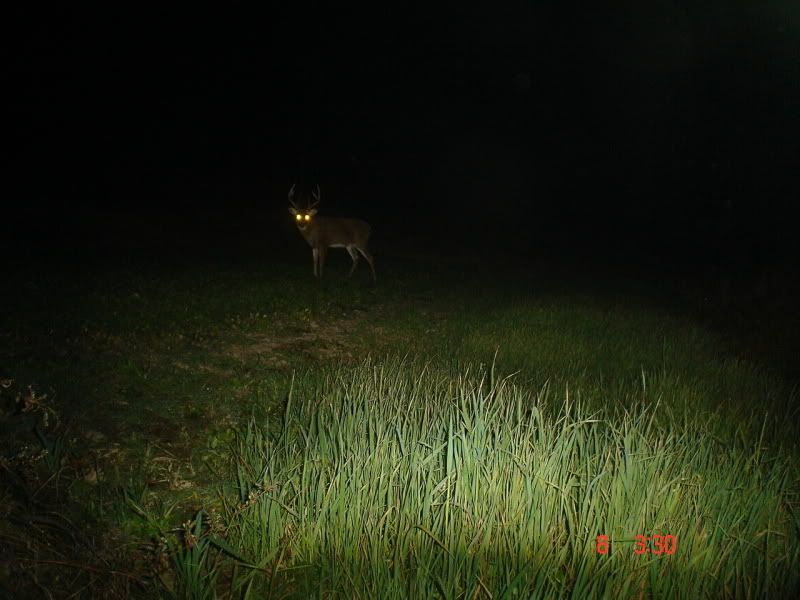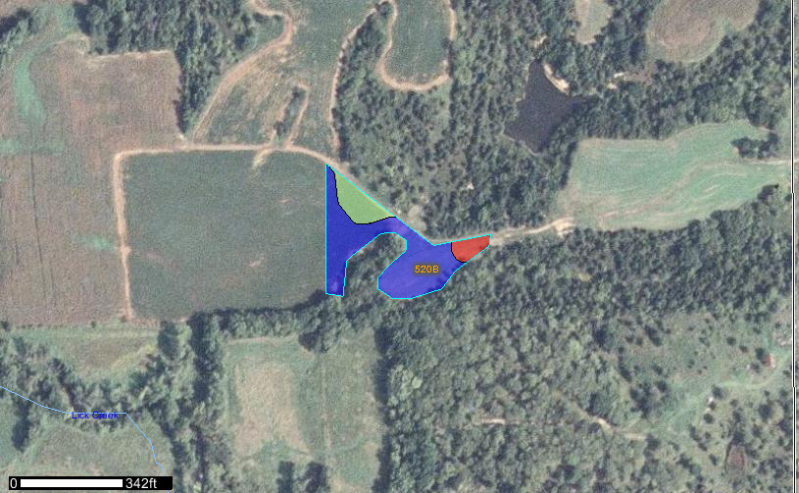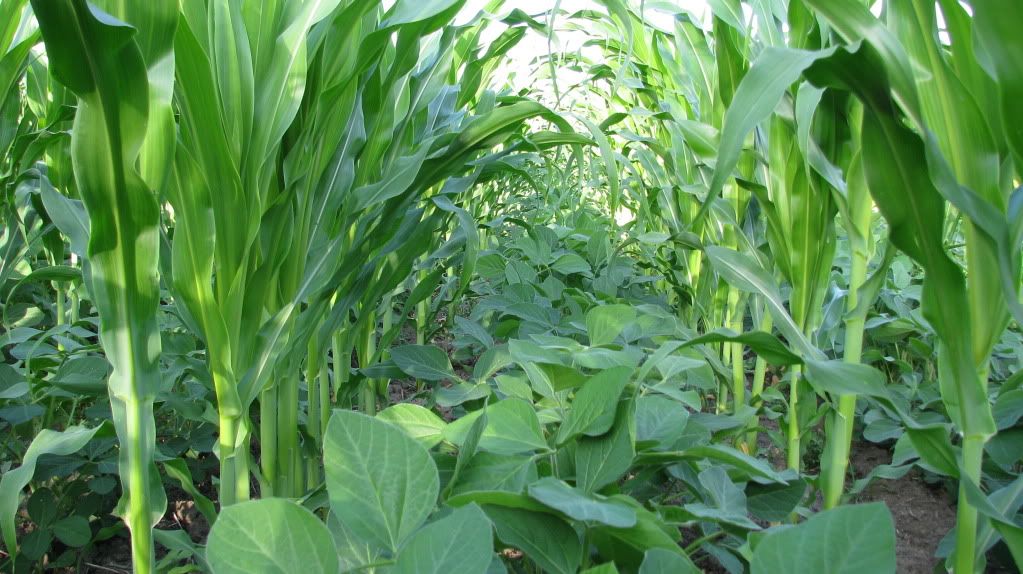My friend Andy commented the other day that he watched some deer walk through a field of soybeans to get to his forage beans. Others however lament the lack of pods on their forage beans and worry about the possibility of not having a late fall food source.
Now Andy is wise and plants many food sources including ag soybeans so he has all bases covered on his farm, as should we all.
The subject of soybeans then becomes a bit confusing and the waters murky to those who don't fully understand the limitations, perhaps then we can clarify this topic to help landowners understand what might work best for them.
Soybeans....quite possibly the most irresistible food source on can plant! While green and growing almost from the moment they emerge, soybeans are hungrily lapped up by whitetails! Many a plotter has watched in dismay as deer completely destroy their bean plots within the first month after planting.
Later in the fall and winter the now dried down standing soybeans themselves become the target, leaves long gone deer return to gobble up the high protein beans as fast as they can. A 5 acre standing soybean field can easily have 40-50 deer feeding in it by late December when other food sources are long gone.
Soybeans then are versatile and a highly attractive food source for much of the year.
In Iowa ag soybeans often grow so tall that a grown deer can scarcely be seen and they produce a tremendous amount of forage all summer long. Depending on the maturity date the beans begin to yellow in late August to early September and eventually the leaves drop and the fuzzy pods begin to dry.
During this period deer will refuse to touch the beans, often 3-6 weeks depending on the weather and beans, but when fully dry the will resume feeding on the beans themselves.
What then are significant differences between forage and ag beans?
Forage beans are very late maturing beans that put nearly all their energy into producing high protein forage but very little into actual bean production. The forage (leaves) are very palatable and highly attractive to deer.
Ag beans bred for grain production are also very attractive to deer and also produce a tremendous amount of forage but they are intent on producing high yielding beans, often as much as 60 or more bushel per acre.
Another comparison might be made with sorghum...milo is bred for grain production while most sorghums are bred for forage. Milo is shorter and produces large seed heads while forage sorghum is very tall and is normally chopped for silage or baled for hay. Both produce seeds but the forage varieties produce far less seed, so if winter feed is our goal...milo is the best option.
There are pros and cons then to each and each has a usefulness that cannot be ignored but there are very important differences that landowners should be aware of before making planting choices.
Forage beans
Pro - produce higher quality, higher protein forage for a longer period of time, very palatable and attractive to whitetails during the summer and early fall months before a killing frost.
Con- these beans usually produce far less beans and they will stay green until frosts kill them which unfortunately is right in the middle of hunting season. That means the beans will be avoided like the plague for 3-6 weeks in Oct/Nov. in most of the midwest.
Because they maintain their canopy until frosts it is nearly impossible to over seed other crops into the standing beans.
Cost of seed can be high depending on shipping and RR forage beans can cost upwards of $75 a bag
Ag beans
Pro - produce high yielding beans...40-60 bushel of beans will feed a lot of deer for a long time during the heart of most mid west hunting seasons.
They dry down before season allowing landowners to over seed other crops like rye, radishes or turnips into the standing beans.
While the protein content of the leaves may be slightly less then that for forage beans, ag beans will still produce copious amounts of high quality, very palatable forage.
RR soybeans run $38-45 a bag and often free or low cost seed can be had through Pheasants Forever, NWTF or Quail Unlimited. Conventional seed is often no more then $20 a bag.
Con - they may not be as attractive to deer as forage beans but only if forage beans are planted near by and ONLY when the beans are green and growing. Ag beans will be more attractive during Nov. thru Jan. typical hunting season time frames.
What then is right for you? In some cases planting some of each such as Andy does might be the answer. If you have large amounts of ag soybeans to compete with then forage beans may help draw deer to your property and adapt them to feeding there.
Don Higgins wrote in a recent article how red deer adapted to the electric fence portion of the Iron Curtain and descendants who had never seen the fence (long since torn down)still refuse to cross the imaginary line. Adapting deer to feed in an area then is important over a number of years offspring may refuse to go elsewhere.
On my own property deer have become so adapted to feeding in one field that even when forced out by a new electric fence refused to feed in a new plot of beans only yards away.
Forage beans could prove useful in some situations where hundreds or even thousands of acres of ag beans give landowners stiff competition. If however one has to fence deer out lest the forage beans be destroyed, planting them makes little sense since the forage itself is the whole point,
If your ultimate goal is having hordes of deer on your property in late November through January then common high yielding ag beans may work best for you. If fencing is required and in most cases it will be...provide adjacent plots of white clover or alfalfa for summer grazing.
There is then no right or wrong answer to the question of what soybeans to plant, landowners are fortunate to have options. What is important is knowing the limitations of any food source, when it will produce and how that will correspond with your needs.
No one food source is likely to provide year around feed for whitetails in most midwest and northern states so plan a combination of crops of which soybeans become a part of. Plan on fencing unless you have plenty of neighboring ag beans and in many cases the fence may be removed from the forage beans once they are tall enough to withstand the grazing. Leave the ag beans fenced until they start to yellow at which point the fence can safely be removed.
Soybeans...nearly impossible to beat as an attractant and high quality food source, easy to plant by broadcasting, drilling or with a corn planter, Roundup Ready plants allow for easy weed control. Look over the options, the pros and cons and decide what type or types of soybeans might be best for you....

